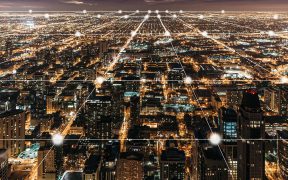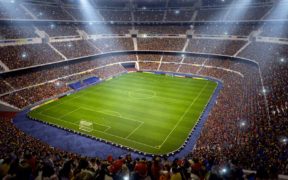Category: Network Densification

Dense Network Architecture – Why is it Important Now and Why Should You Care? For the last 15 years iBwave has supported the majority of the carriers in the world through millions of in-building network deployments as they focused on a smooth and secure transition to the next generation of technology e.g. 3G to 4G. […]

What’s iBwave Release 10 About? The newest release of iBwave Design 10 provides teams with everything they need in a software to design for new and emerging wireless technologies and tackle the challenge of designing for dense environments. Teams can now use iBwave Design to really leverage new technologies like LTE-Advanced, LAA, and CBRS to […]

It’s all about more and faster mobile data! For the past decade, a mobile carrier’s prime focus has been on cellular coverage improvements to provide traditional mobile services to their subscribers – i.e., voice, SMS, and data services – anywhere, anytime. As 80% of mobile sessions happen indoors, there has been a major push for […]
